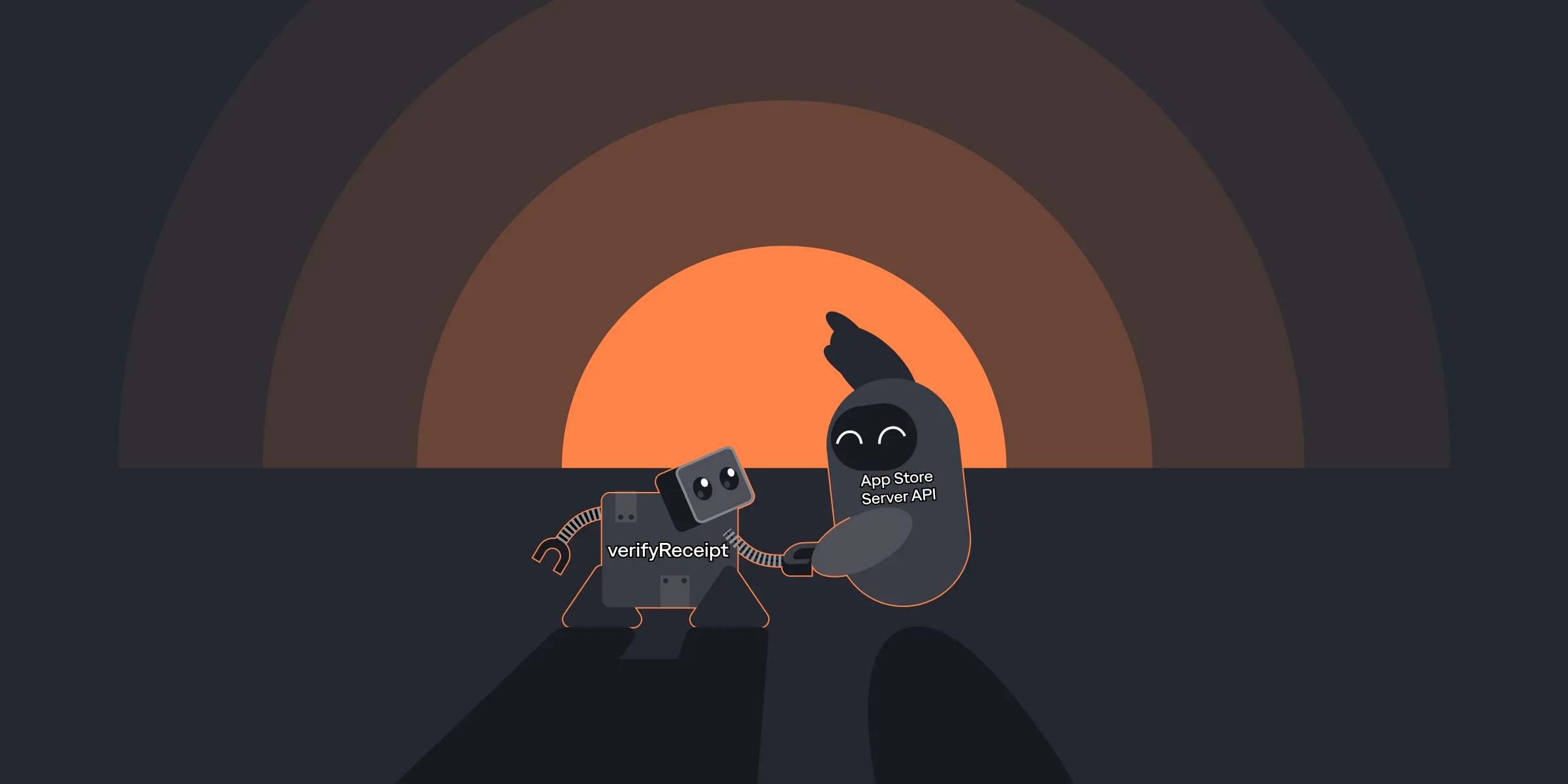Subscription monetization lessons: pricing, paywalls, & more. Vahe Baghdasaryan, Coin Stats App.
Subscription monetization lessons: pricing, paywalls, & more. Vahe Baghdasaryan, Coin Stats App.

Kate

Kate
Jul 3, 2023
Jul 3, 2023
About Coin Stats
Coin Stats app is the leading crypto portfolio tracker with more than 1M monthly active users (MAU). In this podcast episode, we spoke with Vahe Baghdasaryan, Coin Stats’s growth manager. Vahe shared his views on subscription monetization, pricing, and how to run in-app A/B test and whether they affect monetization.
Key Takeaways
CoinStats primarily earns through subscriptions and utilizes surveys and A/B tests to develop effective pricing strategies.
The team conducts A/B experiments with a wide price range to gauge user’s willingness to pay and improve conversion rates.
Subscription apps, including CoinStats, are focusing on annual offerings as they provide upfront cash flow and better retention opportunities.
CoinStats uses A/B testing to optimize both onboarding and paywalls separately.
They test different paywall placements, display frequencies, and video types to enhance conversion rates and user interactions with the paywall.
CoinStats also implements lifecycle campaigns, offering discounts to users who haven’t converted.
To improve retention, they address real reasons for churn, respond to involuntary churn, and predict churn using product analytics.
They build cohorts of churned users and analyze their behaviour to inform targeted campaigns. This enables them to offer alternative features or solutions to users at risk of churning.
Watch the full episode here.
Subscribe on App Revenue Growth podcast on your favourite platform:
Contact with Vahe Baghdasaryan:
About Coin Stats
Coin Stats app is the leading crypto portfolio tracker with more than 1M monthly active users (MAU). In this podcast episode, we spoke with Vahe Baghdasaryan, Coin Stats’s growth manager. Vahe shared his views on subscription monetization, pricing, and how to run in-app A/B test and whether they affect monetization.
Key Takeaways
CoinStats primarily earns through subscriptions and utilizes surveys and A/B tests to develop effective pricing strategies.
The team conducts A/B experiments with a wide price range to gauge user’s willingness to pay and improve conversion rates.
Subscription apps, including CoinStats, are focusing on annual offerings as they provide upfront cash flow and better retention opportunities.
CoinStats uses A/B testing to optimize both onboarding and paywalls separately.
They test different paywall placements, display frequencies, and video types to enhance conversion rates and user interactions with the paywall.
CoinStats also implements lifecycle campaigns, offering discounts to users who haven’t converted.
To improve retention, they address real reasons for churn, respond to involuntary churn, and predict churn using product analytics.
They build cohorts of churned users and analyze their behaviour to inform targeted campaigns. This enables them to offer alternative features or solutions to users at risk of churning.
Watch the full episode here.
Subscribe on App Revenue Growth podcast on your favourite platform:
Contact with Vahe Baghdasaryan:














